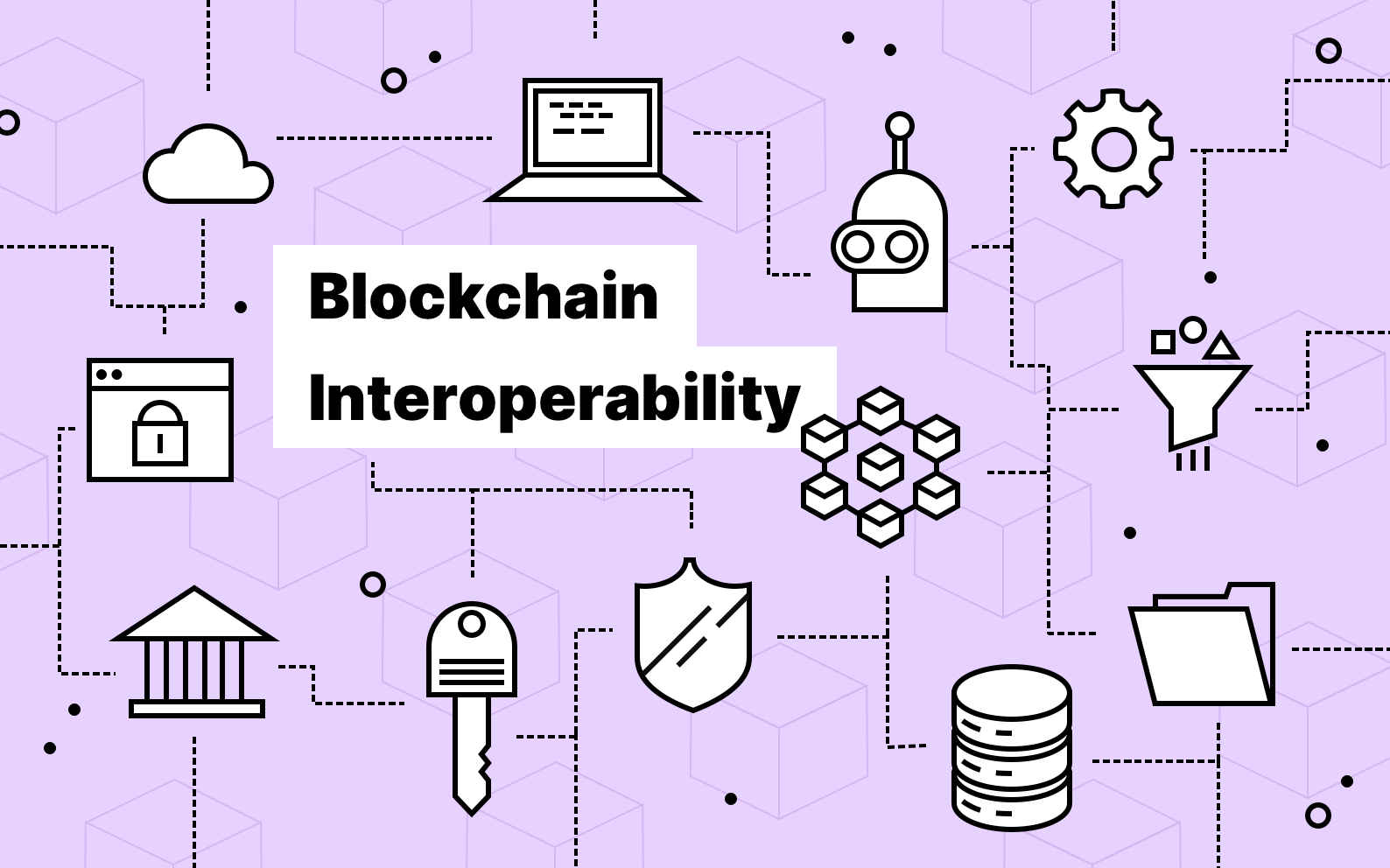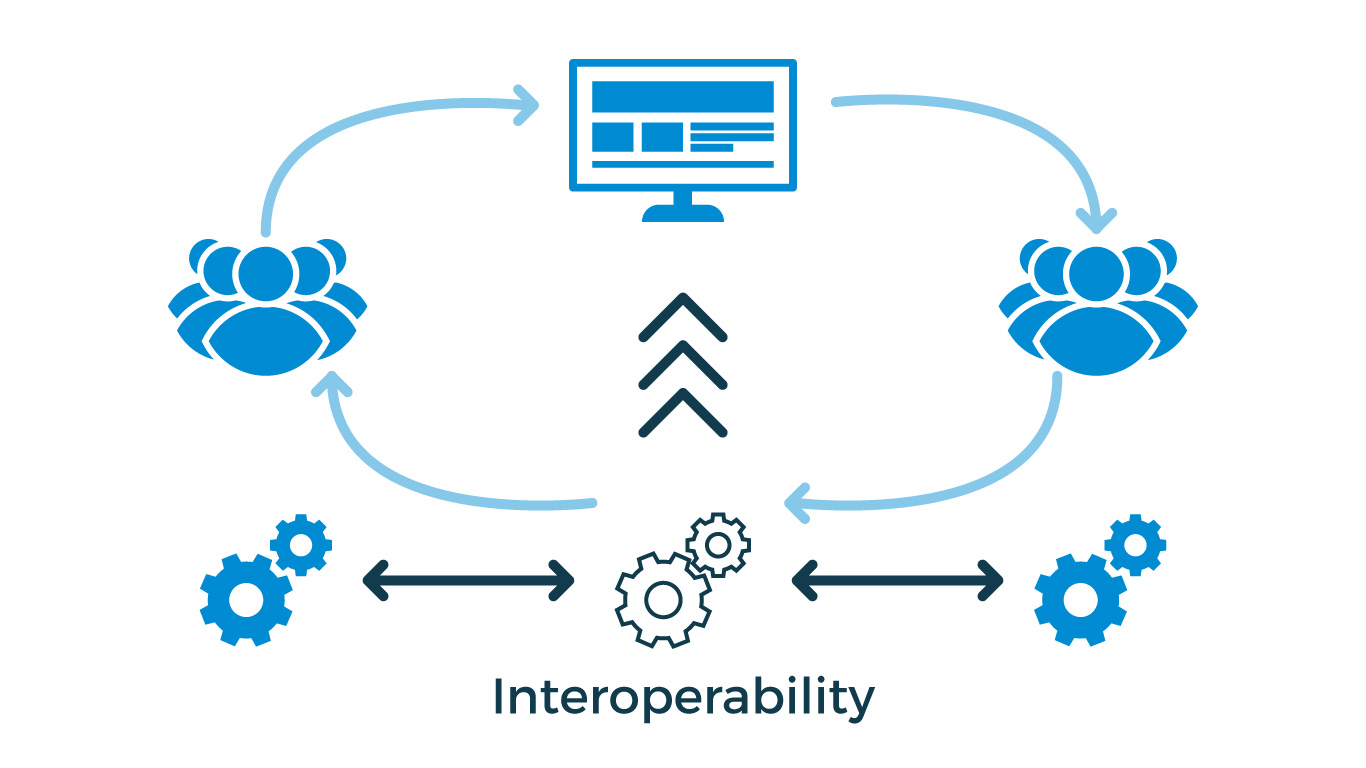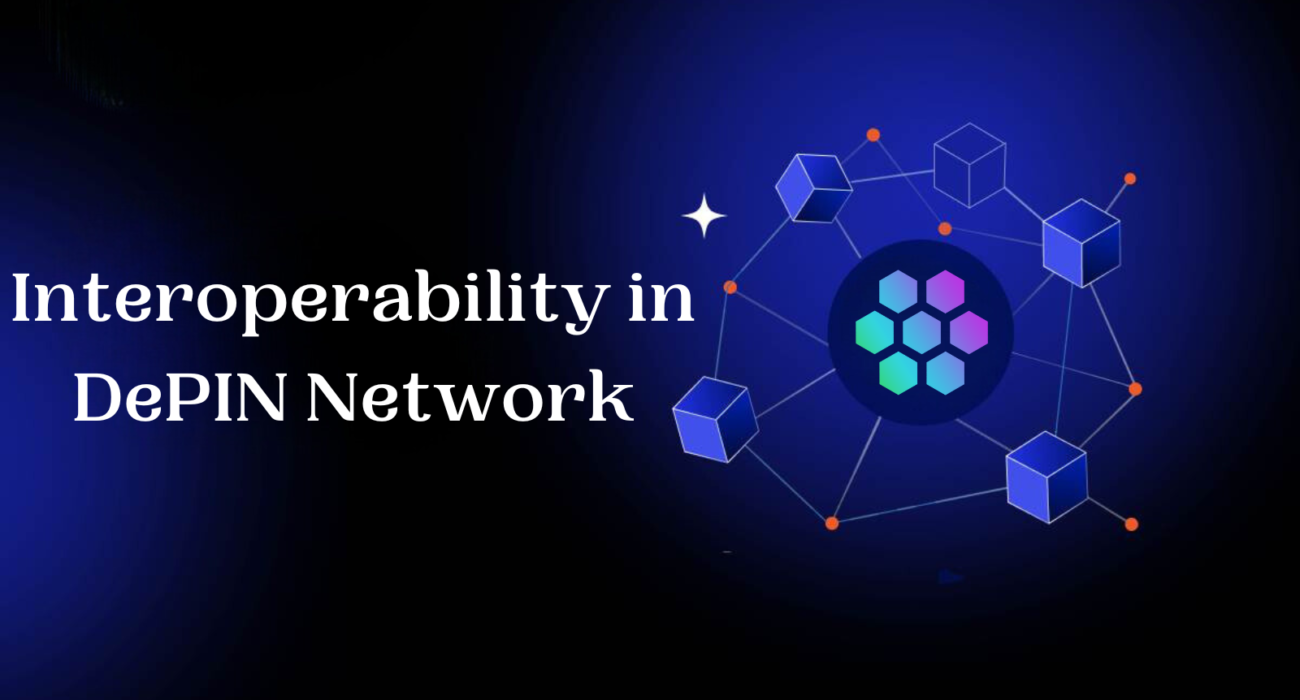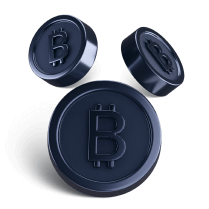In the ever-evolving world of blockchain and decentralized networks, the concept of interoperability has emerged as a crucial element for ensuring seamless communication and functionality across different platforms. This blog will explore the importance of interoperability within the Decentralized Physical Infrastructure Network (DePIN) and its implications for the broader blockchain ecosystem. As we dive deeper, we’ll also examine how interoperability in DePIN Network is setting new standards for decentralized communication, data sharing, and innovation.
Introduction to DePIN Network
The Decentralized Physical Infrastructure Network, or DePIN, represents a significant advancement in the way decentralized networks operate. Unlike traditional blockchain networks, DePIN emphasizes the integration of physical infrastructure with digital networks, allowing for the seamless exchange of data, resources, and services across various platforms. This integration paves the way for a more connected, efficient, and scalable decentralized ecosystem.
At its core, the DePIN Network is designed to overcome the limitations of isolated blockchain networks, where interoperability challenges often hinder the potential for widespread adoption and innovation. By enabling different networks to communicate and interact with each other, DePIN fosters a collaborative environment where resources can be shared, and value can be created more efficiently.
The Need for Interoperability in Decentralized Networks
As the number of decentralized networks continues to grow, so does the need for these networks to communicate and interact seamlessly. Interoperability in DePIN Network addresses this need by providing a framework that allows different networks to work together, regardless of their underlying technology or architecture.
In the context of decentralized networks, interoperability is crucial for several reasons:
Resource Sharing: Interoperability enables the sharing of resources such as data, computing power, and storage across different networks. This not only enhances efficiency but also reduces the cost of operations for network participants.
Enhanced Collaboration: When different networks can interact seamlessly, it opens up new possibilities for collaboration. Projects that were previously isolated can now work together, leading to the creation of more innovative solutions.
Scalability: Interoperability allows decentralized networks to scale more effectively. By connecting different networks, DePIN can leverage the strengths of each network, creating a more robust and scalable ecosystem.
User Experience: For end-users, interoperability in DePIN Network means a more seamless experience. Users can interact with different networks without having to worry about compatibility issues or switching between platforms.
Unlock the future of DePIN innovation by investing in SRP Token—a network where seamless interoperability drives efficiency, , and exponential growth. Don’t miss your chance to be part of the next big leap in blockchain technology.
How Interoperability in DePIN Network Works
Interoperability in DePIN Network is achieved through a combination of protocols, standards, and technologies that facilitate communication and interaction between different networks. These include:
Cross-Chain Communication: One of the key components of interoperability in DePIN Network is cross-chain communication. This allows different blockchain networks to exchange information and assets without the need for intermediaries. Cross-chain communication is enabled through various mechanisms such as atomic swaps, cross-chain bridges, and multi-signature wallets.
Standardization: Interoperability in DePIN Network is also achieved through the standardization of protocols and interfaces. By adhering to common standards, different networks can ensure that they can communicate and interact with each other without compatibility issues. This standardization extends to data formats, APIs, and even smart contracts.
Decentralized Oracles: Oracles play a crucial role in enabling interoperability in DePIN Network. These decentralized entities provide a way for different networks to access external data and interact with off-chain resources. Oracles act as a bridge between the on-chain and off-chain worlds, ensuring that data can be exchanged securely and accurately.
Interoperable Smart Contracts: Smart contracts are self-executing contracts with the terms of the agreement directly written into code. Interoperability in DePIN Network ensures that smart contracts can interact with each other across different networks.
Real-World Applications of Interoperability in DePIN Network
Interoperability in DePIN Network has numerous real-world applications, each of which demonstrates its potential to revolutionize the way decentralized networks operate. Some of these applications include:
- Decentralized Finance (DeFi): In the world of DeFi, interoperability is essential for enabling the seamless exchange of assets across different platforms, creating more efficient and secure financial products. For example, users can move assets between different DeFi platforms without the need for centralized exchanges.
- Supply Chain Management: Interoperability in DePIN Network can transform supply chain management by enabling different participants in the supply chain to share data and resources securely. This leads to greater transparency, efficiency, and traceability in supply chain operations. For instance, a manufacturer can interact with suppliers and logistics providers on different networks, ensuring that information flows smoothly across the entire supply chain.
- Internet of Things (IoT): Interoperability in DePIN Network is crucial for the IoT ecosystem, where billions of devices need to communicate and interact with each other. By enabling different IoT networks to work together, DePIN can ensure that data flows seamlessly between devices, leading to more efficient and secure IoT applications.
Challenges and Solutions
- Complexity: Interoperability requires the integration of different technologies, protocols, and standards. This can be complex and time-consuming, especially when dealing with networks that have different architectures and underlying technologies.
- Security: Ensuring the security of cross-chain communication and interoperability is a significant challenge. The more interconnected networks become, the greater the risk of security vulnerabilities. Addressing these challenges requires robust security protocols and continuous monitoring.
- Governance: Interoperability in DePIN Network also raises questions about governance. As different networks interact, there needs to be a clear framework for decision-making and conflict resolution. This is especially important when dealing with decentralized networks where no single entity has control.
To address these challenges, DePIN Network employs several strategies:
- Layered Architecture: DePIN Network uses a layered architecture to manage the complexity of interoperability. This architecture separates different functions into distinct layers, each responsible for a specific aspect of interoperability. This modular approach makes it easier to manage and scale the network.
- Security Protocols: DePIN Network implements advanced security protocols to protect cross-chain communication and data exchange. These protocols include encryption, multi-signature authentication, and decentralized consensus mechanisms to ensure that data remains secure and tamper-proof.
- Decentralized Governance: To address governance challenges, DePIN Network employs decentralized governance models that allow network participants to have a say in decision-making processes.
The Future of Interoperability in DePIN Network
As the DePIN Network continues to evolve, interoperability will play an increasingly important role in its success. The ability to connect different networks and enable seamless communication is essential for the growth and sustainability of the decentralized ecosystem.
Looking ahead, we can expect to see further advancements in interoperability in DePIN Network. These may include the development of new protocols and standards, the integration of AI and machine learning for smarter data exchange, and the expansion of interoperable networks into new industries and use cases.
Conclusion
In conclusion, DePIN Network is a game-changer for the decentralized ecosystem. It opens up new possibilities for innovation, drives efficiency, and ultimately leads to the creation of a more robust and scalable network. As DePIN continues to grow and evolve, interoperability will remain at the heart of its success, ensuring that the decentralized world can reach its full potential.

 China
China Russia
Russia India
India










2 Comments